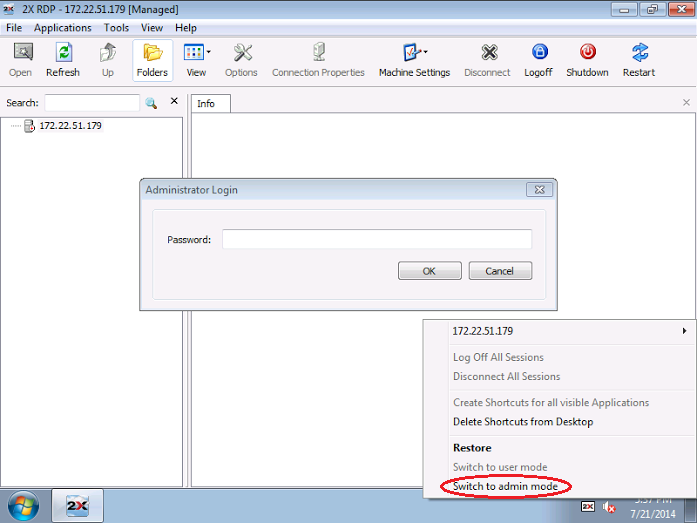
The client experienceĪfter users receive the Parallels RAS client application on their desktops or mobile devices, they will log into it and use it to get to the assets to which RAS administrators have granted them access. Speaking of which, let's talk just a little bit more about the client.

You kick off the app or desktop publishing process by starting a wizard from the admin console I show you this in the dialog box below. The publishing workflowĪs I mentioned earlier in this review, Parallels does a great job simplifying what could be a stupendously complex process. Naturally, there is far more involved in deploying and managing a Parallels RAS farm you should read the Parallels RAS documentation (particularly the Administrator's Guide) for details.

This is an e-mail that prompts your users to install the Parallels RAS agent on their desktops or mobile devices. What's cool here is that Parallels RAS includes many templates for common applications and operating systems. Define application and VDI desktop connections.Register your existing terminal server hosts (for instance, Windows Server-based Remote Desktop Services TS session hosts).As you can see, deploying a Parallels RAS solution in your environment involves three primary steps:


 0 kommentar(er)
0 kommentar(er)
